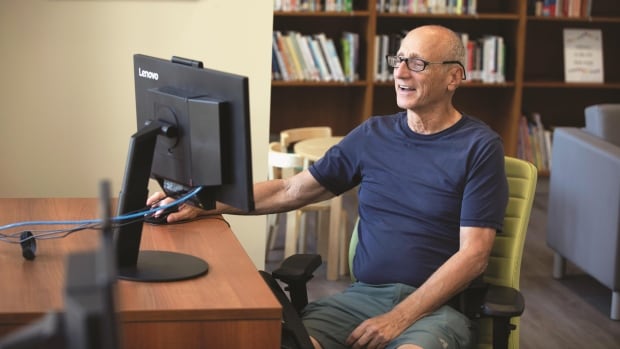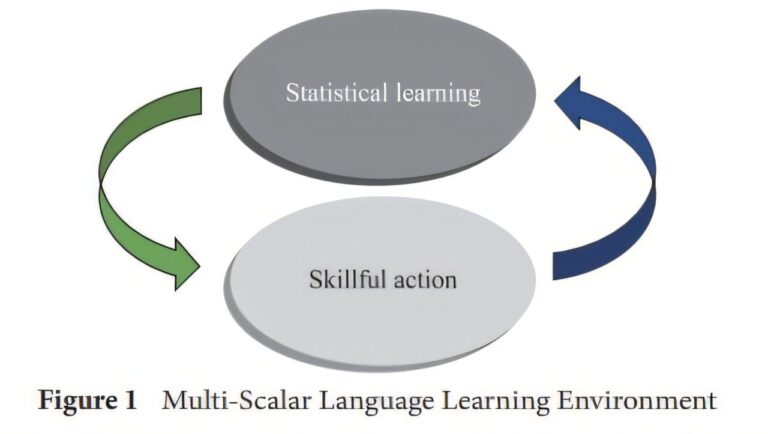
Polio outbreaks incited regular panics decades ago, until a vaccine was developed and the disease was largely eradicated. Then on Friday, New York City health authorities announced that they had found the virus in wastewater samples, suggesting polio was probably circulating in the city again.
Parents of young children found themselves wondering — perhaps for the first time in their lives, and, collectively, for the first time in generations — just how much they should worry about polio.
Anabela Borges, a designer who lives in Brooklyn’s Crown Heights neighborhood, said she had friends whose children probably were not vaccinated. After the announcement on Friday, she said she planned to “make her friends aware.”
Ms. Borges said she hoped her 7-month-old daughter, Ava, who is old enough to have had three of the four shots recommended for children, was far along enough in the regimen to be protected. “Polio is really dangerous for babies like her,” Ms. Borges said as she and her daughter’s nanny took Ava for a walk in her stroller.
In New York City, the overall rate of polio vaccination among children 5 and under is 86 percent, and most adults in the United States were vaccinated against polio as children. Still, in some city ZIP codes, fewer than two-thirds of children 5 and under have received at least three doses, a figure that worries health officials.
The state Health Department said in a statement the discovery of the virus underscored “the urgency of every New York adult and child getting immunized, especially those in the greater New York metropolitan area.”
The announcement came three weeks after a man in Rockland County, N.Y., north of the city, was diagnosed with a case of polio that left him with paralysis. Officials now say polio has been circulating in the county’s wastewater since May.
“The risk to New Yorkers is real but the defense is so simple — get vaccinated against polio,” Dr. Ashwin Vasan, the New York City health commissioner, said in a statement. “With polio circulating in our communities, there is simply nothing more essential than vaccinating our children to protect them from this virus, and if you’re an unvaccinated or incompletely vaccinated adult, please choose now to get the vaccine.”
The spread of the virus poses a risk to unvaccinated people, but three doses of the current vaccine provide at least 99 percent protection against severe disease. Children who are too young to be fully vaccinated are also vulnerable, as are children whose parents have declined to have them immunized or have put off having them get the shots.
Health officials fear that the detection of polio in New York City’s wastewater could precede other cases of paralytic polio.
The Fight Against Polio
The highly contagious virus was one of the most feared diseases until the 1950s, when the first vaccine was developed.
“Absent a relatively massive vaccine drive, I think it’s very likely they’ll be one or more cases” in the city, said Dr. Jay Varma, an epidemiologist and former deputy city health commissioner.
The citywide vaccination rate dipped amid the pandemic, as visits to pediatricians were postponed, and the spread of misinformation about vaccines accelerated. Even before Covid’s arrival, vaccination rates for a range of preventable viruses in some neighborhoods were low enough to worry health officials.
Although effective at preventing paralysis, the vaccine used in the United States in recent decades is less effective at limiting transmission. People who have been vaccinated may still carry and shed the virus, even if they do not experience infection or symptoms.
That, epidemiologists say, may mean the virus will be difficult to eradicate quickly, further underscoring why vaccination is so critical for protection, a state Health Department spokeswoman said.
Many people who become infected with polio do not develop symptoms, but some people will have fevers or nausea. Dr. Bernard Camins, an infectious diseases specialist and medical director of infection prevention for the Mount Sinai Health System, urged doctors to be on the lookout for those symptoms and to consider ordering polio tests for patients who are not fully vaccinated.
About 4 percent of those who contract the virus get viral meningitis, and about 1 in 200 will become paralyzed, according to the health authorities.
“The problem,” Dr. Camins said, “is if you have one case of paralysis, there may be hundreds of others that aren’t symptomatic or have symptoms that aren’t likely to be identified as polio.”
The polio virus had previously been found in wastewater samples in Rockland and Orange Counties, but the announcement on Friday was the first sign of its presence in New York City.
Neither the city nor state health departments provided details about where in the five boroughs the virus had been detected in wastewater. State officials did say six “positive samples of concern” had been identified in city wastewater, two collected in June and four in July.
The last case of polio to be found in the United States before the one in Rockland County was in 2013.
Before polio vaccines were first introduced in the 1950s, the virus was a source of dread, especially during summer months, when outbreaks were most common. Cities closed swimming pools as a prevention tactic, and some parents kept their children indoors.
In 1916, polio killed 6,000 people in the United States and left at least another 21,000 — most of them children — with a permanent disability. More than a third of the deaths were in New York City, where the outbreak led to a delay in the opening of public schools.
An outbreak in 1952 caused paralysis in more than 20,000 people, and left many children in iron lungs. The first effective vaccine emerged shortly after, and the virus began to recede.
Today, there are only two countries, Pakistan and Afghanistan, where polio is endemic. It has been kept at bay in the rest of the world through the wide use of vaccines.
Cases do appear beyond those two countries with some regularity, a result of the oral vaccine that is used in much of the world. The oral vaccine uses a weakened but live virus. It is safe, but a person who receives it can spread the weakened virus to others. Only inactivated polio vaccine has been used in the United States since 2000.
The C.D.C. recommends that children receive four doses, with the final shot administered between the ages of 4 and 6.
“What we are seeing is a wake-up call for folks who thought poliovirus was just a problem elsewhere,” said Capt. Derek Ehrhardt, an epidemiologist and the Centers for Disease Control and Prevention’s polio-eradication incident manager.
The virus lives primarily in a person’s throat and intestines and is spread most commonly through contact with feces.
If the weakened virus used in the oral vaccine circulates widely enough in communities with low vaccination rates, or replicates in someone with a compromised immune system, it can mutate to a virulent form that can cause paralysis, according to the C.D.C.
Outbreaks of such “circulating vaccine-derived polio virus” have occurred in numerous countries in recent years. Open sewers and contaminated drinking water can help hasten the spread.
The health authorities believe the polio virus was introduced to New York by someone who had received the live virus vaccine in another country, or by an unvaccinated person who caught vaccine-derived polio while abroad.
Officials say the virus detected in the two counties north of New York City is genetically linked to vaccine-derived virus collected from samples this year in Jerusalem, as well as to wastewater samples in London that have led to a renewed polio vaccination campaign there.
As of Friday, the C.D.C. had confirmed the presence of poliovirus in 20 wastewater samples in Rockland and Orange Counties, all genetically linked to the paralytic polio case in the Rockland County resident. The counties are next to each other.
Of the 20 samples, two were collected in May, three in June and eight in July from Rockland County; two were collected in June and five in July in Orange County.
Dr. Irina Gelman, Orange County’s health commissioner, said officials were assuming that each positive sample collected in her county indicated a separate person infected by the virus locally, but she added she was awaiting further genetic analysis from the C.D.C. to be sure.
Health officials believe hundreds of people in the area could be infected, she said. The estimate is based on how many people would typically need to have the virus for there to be a single case of paralytic polio, combined with the rise of cases of vaccine-derived polio globally and the very low vaccine coverage in sections of New York.
“A part of me still hopes that not to be the case,” she said.
“We’re really working with sort of a perfect storm scenario,” she added. “We have low vaccination rates in Orange County for vaccine preventable diseases, especially among our pediatric populations.”
The one case of polio to be confirmed so far was in a 20-year-old male ultra-Orthodox Jewish resident of Rockland County, according to several local officials. Orange and Rockland Counties are both home to large numbers of ultra-Orthodox Jews, and anti-vaccine sentiment has spread among some in that community.
A measles outbreak in 2019 was also concentrated among people in the ultra-Orthodox community, although vaccine misinformation and low vaccination rates are also found more widely, Dr. Gelman said.
Vaccination rates in Rockland and Orange Counties are well below those needed to prevent the spread of the virus, according to the state Health Department. Among 2-year-olds, about 60 percent of children in both counties had all three recommended polio shots, state data shows, compared with 79 percent statewide.
Wearied by Covid and alarmed by the recent emergence of monkeypox, New Yorkers thoughts turned to a third virus on Friday, as they wondered if they were fully vaccinated, and if their protection had lasted through the decades.
Gregory Ludd, 46, a Crown Heights resident who works as a porter, has six children. They are up-to-date on their vaccinations, he said.
“I am scared of it because we really haven’t heard about polio coming out since we probably were young, young kids,” he said. “But all you can do is, you put your faith in God and just hope that doesn’t happen with your kid.”
Lola Fadulu contributed reporting.





